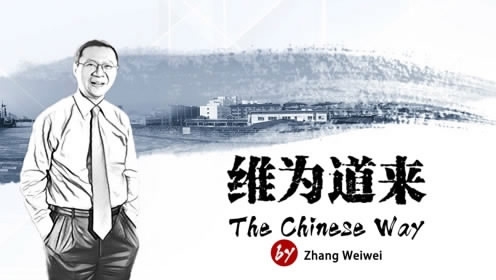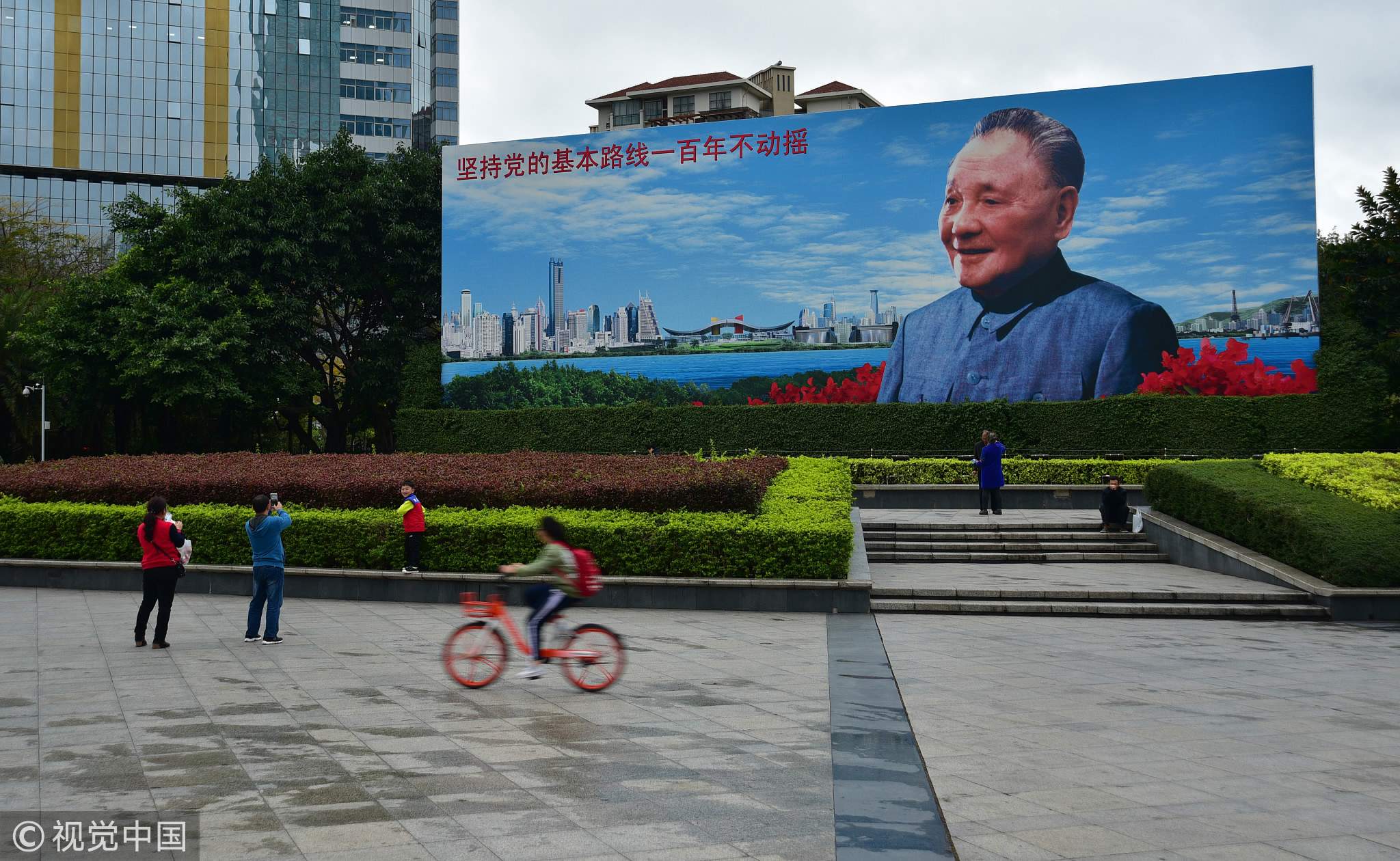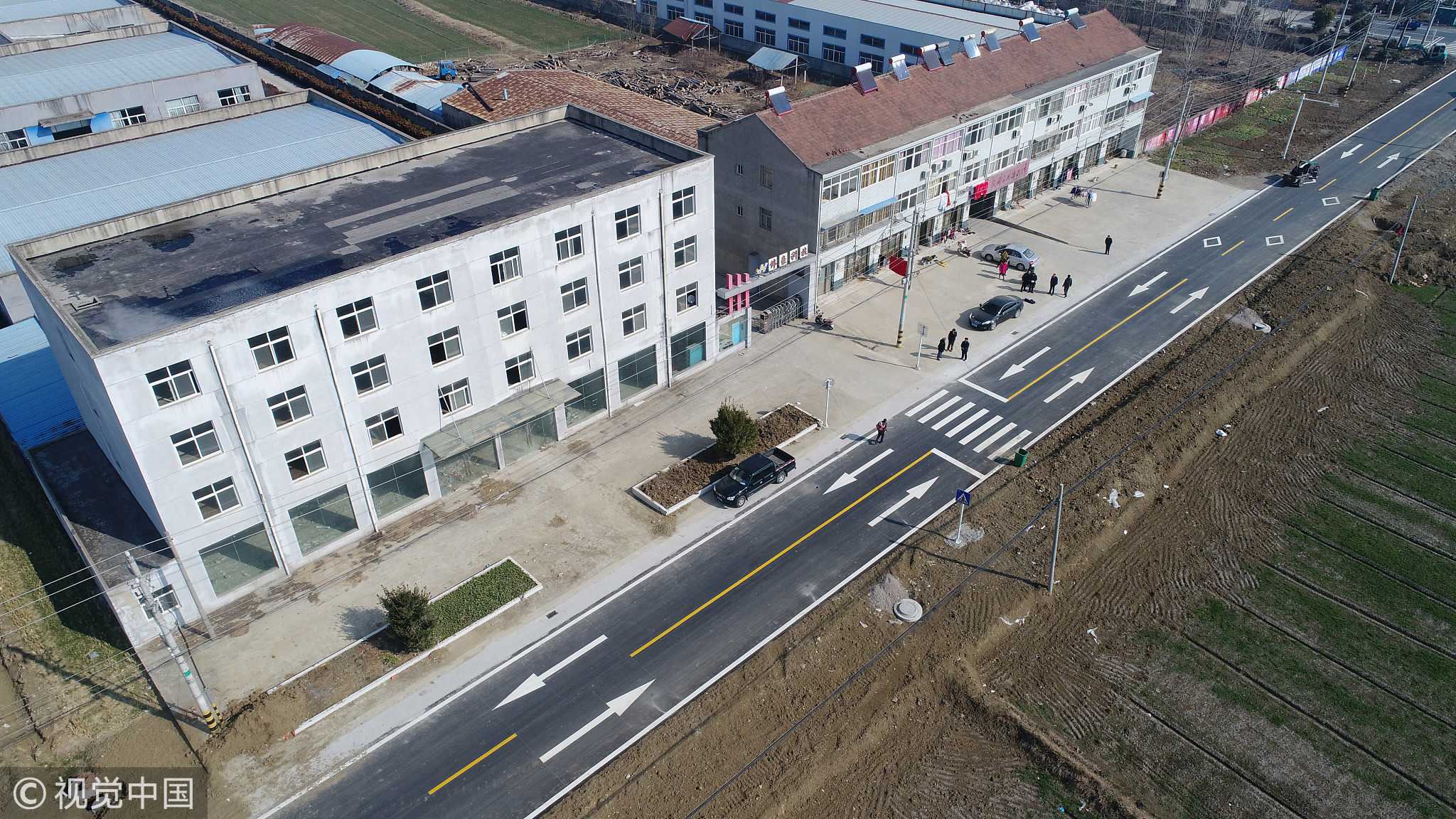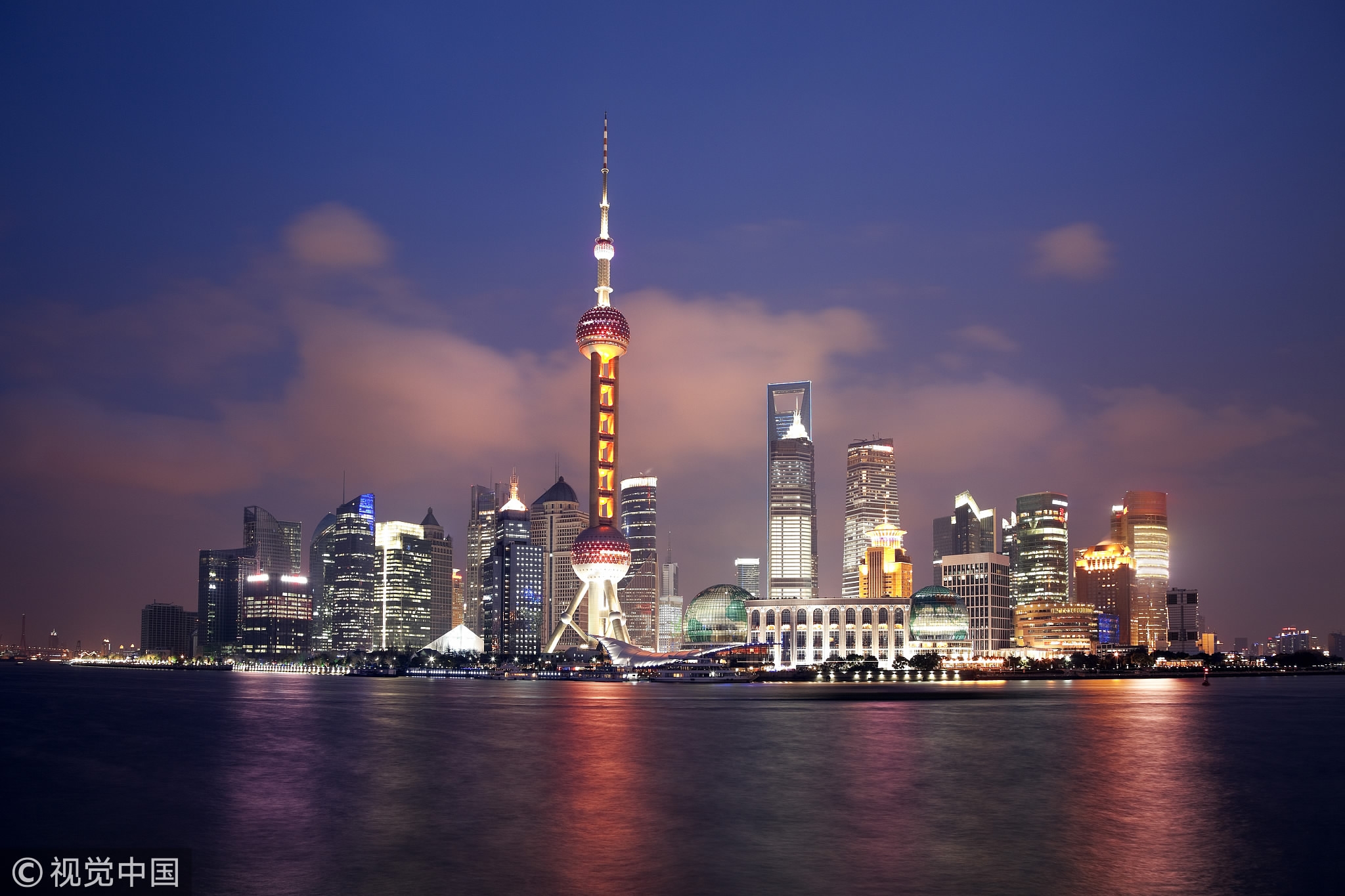
Opinions
10:14, 20-Mar-2018
What is the unique model behind China's rapid rise?
Zhang Weiwei

Editor's Note: Zhang Weiwei is a Chinese professor of international relations at Fudan University, and a senior research fellow at the Chunqiu Institute. He is the author of The China Wave: Rise of a Civilizational State. The Chinese Way by Zhang Weiwei is a 10-part CGTN Digital series casting a critical eye over the governance of modern China. Professor Zhang identifies merits and flaws in the Chinese system and contrasts the China model with Western equivalents in a series of short films.
- China has rejected democratic and market fundamentalism
- Four aspects of the ‘China model’ have underpinned success
China’s economic and political models are quite different from those of the West – and the country is prospering. Chinese scholar Zhang Weiwei insisted that those who suggest that the Western model is superior need only look at recent history.
China is controversial in the West, because it differs greatly from Western countries in terms of its political system and economic model, which actually makes China unique in today’s context. After all, it’s not China that has fallen into a financial crisis, but the United States and many Western countries. It’s not the Chinese model that has fallen out of favor, but the neo-liberal model of the West.
China is doing fine, and it’s already the world’s largest economy calculated in purchasing power parity, with the world’s largest middle class. The latest Ipsos survey showed that 90 percent of Chinese are satisfied with the track that China has followed, while 37 percent of Americans reported feeling satisfied with the US course and just 11 percent in France. Of course China has its share of problems, but its overall success is beyond doubt, and we’re very proud of it.
"Of course China has its share of problems, but its overall success is beyond doubt."
- Zhang Weiwei
So the question is, how has China done it? The answer is very simple; it can be described in three words: The China Model. What exactly it is? I will try to identify four features.
First, its guiding philosophy is called “seeking truth from facts,” not from dogma, whether from the East or West. From examining the facts, the late leader Deng Xiaoping concluded in the late 1970s that neither the Soviet model nor the Western model really worked for a vast developing country in need of modernization. Hence Beijing decided to explore its own way of development, appropriate to China’s own conditions.
"Deng Xiaoping concluded that neither the Soviet nor the Western model worked for China; Beijing decided to explore its own way."
- Zhang Weiwei

Deng Xiaoping's huge portrait in Shenzhen, south China. /VGC Photo
Deng Xiaoping's huge portrait in Shenzhen, south China. /VGC Photo
Second, the model is focused on the individual’s livelihood. Whether reforms are economic, social or political, they must all be down-to-earth and produce tangible benefits for Chinese people in material, cultural and other terms. This is why China has succeeded in lifting over 700 million people out of poverty since the 1980s, accounting for nearly 80 percent of the world’s poverty eradication. This fact alone has changed China and the world forever.

A village in east China's Jiangsu Province. /VCG Photo
A village in east China's Jiangsu Province. /VCG Photo
A mixed economy is the third characteristic of the Chinese model. China has tried to combine the strength of the invisible hand of market forces with the visible hand of the state. China’s economic system is thus called a “socialist market economy.” The Chinese state has shown its competence in mapping out strategic plans and ensuring political and economic stability at the macro level. China is proud that it can plan for the next decades, and for the next generations, rather than only for the next 100 days, like the West.
"China has tried to combine the strength of the invisible hand of market forces with the visible hand of the state."
- Zhang Weiwei
The fourth characteristic is the belief in gradual reform and a trial-and-error approach. Given the size and complexity of the country, China has encouraged various experiments, exemplified by China’s special economic zones, where new ideas and practices are tested such as the sale of land, wholly foreign-owned enterprises, high-tech joint ventures, and creative start-ups. Only when new initiatives are shown to work are they extended to the rest of the country.

Shanghai at night. /VCG Photo
Shanghai at night. /VCG Photo
In retrospect, thanks to this model, China has rejected both “democracy fundamentalism” and “market fundamentalism,” both advocated by the West for so many years. China also rejected the end-of-history thesis advocated by Francis Fukuyama, the renowned Japanese-American political scientist.
China has thus avoided many pitfalls, such as the financial crisis of 2008 and the Soviet-style breakups, giving way for the country to achieve the dramatic rise we see today. Given all the crises faced by the West, if some still think the Western model is the best in the world, we will only say this to him or her: Please stay with your model, we don’t envy you.

SITEMAP
Copyright © 2018 CGTN. Beijing ICP prepared NO.16065310-3
Copyright © 2018 CGTN. Beijing ICP prepared NO.16065310-3